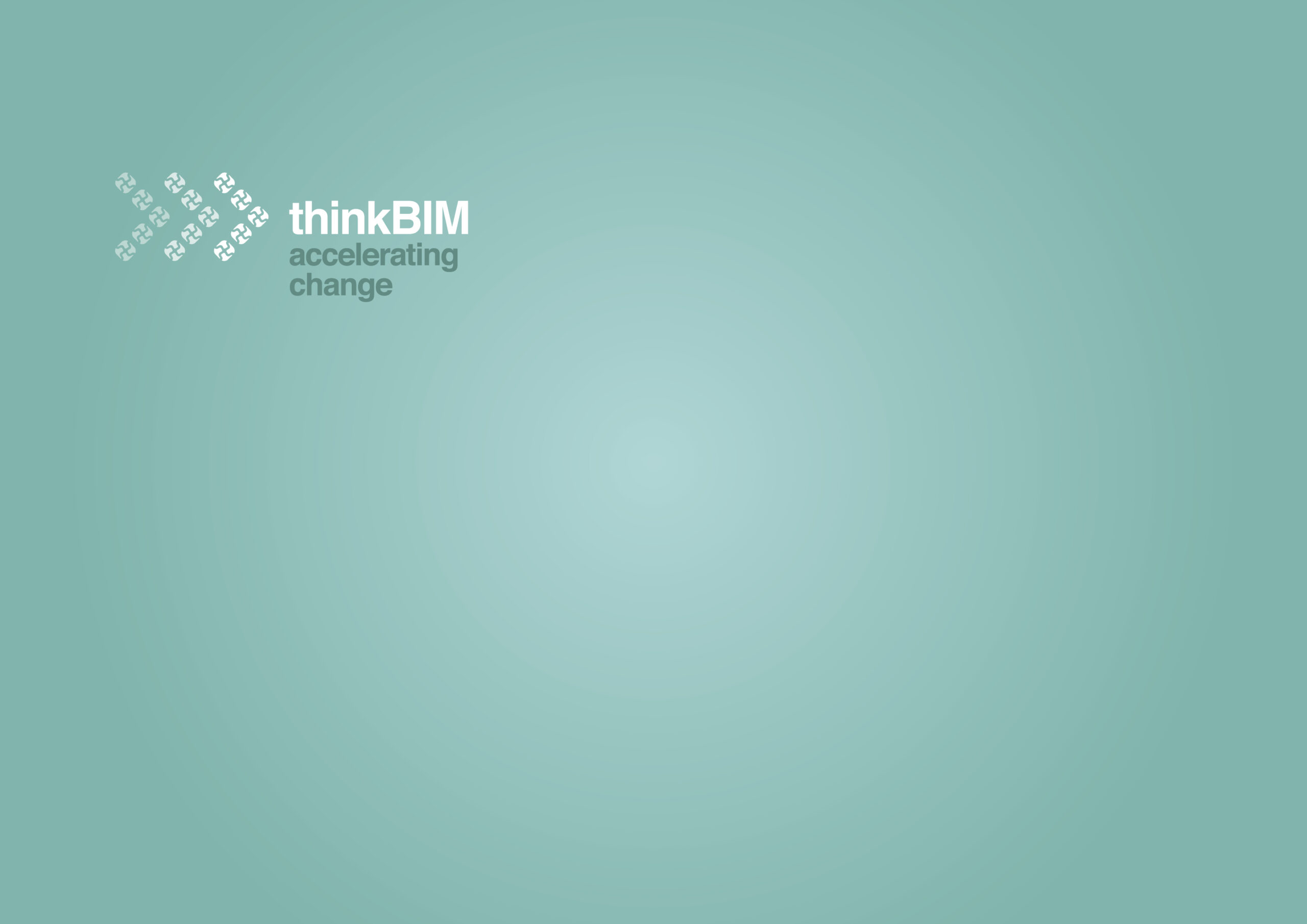A day at the YORhub Client Conference

by thinkBIM Chair, Duncan Reed.
Thursday 15th November saw the first YORhub Client conference take place at Aspire in Leeds. thinkBIM were represented through Liz and Donna on a Leeds Beckett University School of the Built Environment and Engineering stand while I was supporting Adam Holmes, Interim Design Manager from East Riding of Yorkshire Council (and long-time thinkBIM supporter) in a workshop session titled “The benefits to clients in using BIM and Soft Landings”
Firstly a massive thank you needs to go out to the team at YORhub for getting over 100 clients in one room to talk about important topics such as the National Construction Procurement Strategy for local government, lessons to be learned from the Grenfell disaster, the fallout from Carillion, delivering social value through procurement, NEC vs JCT contracts and of course BIM.
OIRs, AIRs, AIMs, EIRs, BEPs? The world of BIM is still a confusing place without a huge amount of consensus. So how do you get started a clients, designer, contractor or supply chain partners to understand what is really needed?
Because of this Adam and I focussed our breakout session on the drivers for working digitally, for “doing BIM”, and how this can be translated to useful processes that deliver value for YORhub members. We wanted delegates to understand the strategic need to define digital deliverables and how these can be expressed in a non-technical way to both construction and non-construction professionals alike to add value throughout the lifecycle of an asset.
Helpfully the UK BIM Alliance has recently published a great guide for Clients to help them to ‘go digital’ see link http://www.ukbimalliance.org/news-and-events/articles/going-digital/
In addition to discussing (and recommending) this guide our session focussed primarily on just Figure 4 from PAS1192-3:2014.
I’ve always thought this is a really important diagram by putting the wider needs of a business in the context of digital processes. But equally though that some of the terms that are used feel like construction terminology that probably means nothing to business leaders. Yet these same business leaders will probably be doing all of this already, just using different terms.
So our session focussed on helping the delegates understand what OIRs, AIRs and EIRs might actually be, how they are probably defining them already and so how to match existing business processes to the drivers of BIM.
First up was OIRs – basically I believe that this is actually not much different to a business’s mission statement; that paragraph on the home page on your website that sums up what you do, your values and how you do it. When you think about it this way it starts to become easier to see where an Organisations Requirements start to relate to Information that define their assets. In less than 10 minutes in each session we came up with these great answers for OIRs
- World Class Teaching (our examples from the room were both new developments at Universities)
- The number of students the University wants to attract
- The subjects they want to offer – improved existing and new
- Carbon Targets
- Environmental Targets
- Sustainability
- Asset Value, accounting requirements
- Statutory information
From this it then became easier to start to develop Asset Information Requirements. Examples that were generated by the delegates were
- The Number of Properties needed
- Occupation Levels required, Uses
- Accommodation Schedule and Room Area requirements
- BREEAM
- Lifespan Requirements, Targets (or Reality)
- Specific Data Requirements such as room numbering
- FM / Maintenance Statutory Information needed
- IT Provision for the asset
We discussed the use of performance specifications to drive value or where specified products may be a preferred option for a client instead. But overall the AIRs should take business goals and make then something tangible for a specific asset.
We debated whether Plain Language Questions actually come from the AIRs rather than being another feed into the EIRs. However if you consider a Plain Language Question is a question asked in a language you (the person or organisation raising the question) understands then we came to the conclusion that these questions are the results of Stakeholder Engagement and End User requirements. These parties should be free to ask their questions in a way that makes sense to them and it is the construction teams role to turn those into the more technical requirements defined in the EIRs.
Overall I found both sessions really interesting; it was great to have client focussed conversations with an engaged group of clients. Going through Figure 4 in some detail helps everyone to understand what information is needed when and why which helps to demystify the whole process. We heard that YORhub is looking to set up a Client Group and for me this can only be a good thing. Here at thinkBIM we will be very keen to support this group to help and advise them on how they might practically adopt appropriate digital processes on their projects and asset portfolios.





